1. Open Shelving in Kitchens
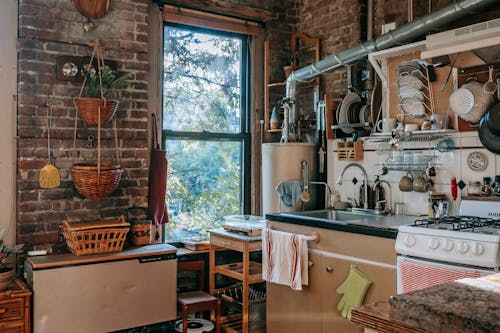
Open shelving looks stylish and Instagram-ready, but it creates a dust magnet. Every plate, mug, or spice jar is exposed to grease and airborne food particles. That means you’ll be wiping things down far more often than with closed cabinets. The aesthetic appeal comes at the cost of constant maintenance.
On top of that, shelves themselves are prone to collecting crumbs and sticky residue. Unlike doors that protect items, open shelving leaves everything vulnerable. You might find yourself cleaning dishes that weren’t even used. Over the years, that extra upkeep becomes frustrating.
2. Glass Shower Doors
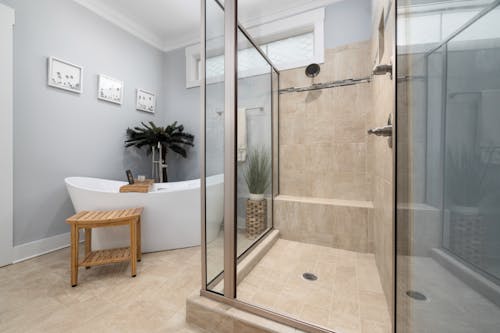
Glass shower doors can make a bathroom feel modern and sleek, but they’re notorious for showing water spots. Hard water minerals and soap scum build up quickly, creating that cloudy look. Unless you’re wiping them down daily, they’ll lose their shine fast. The more people in the household, the quicker the problem multiplies.
They also require specialized cleaners or vinegar solutions to keep clear. A simple rinse won’t usually cut it. With curtains, you can toss them in the wash, but with glass, it’s elbow grease every week. Over time, scratches and etching can even make them permanently dull.
3. Deep Kitchen Sinks
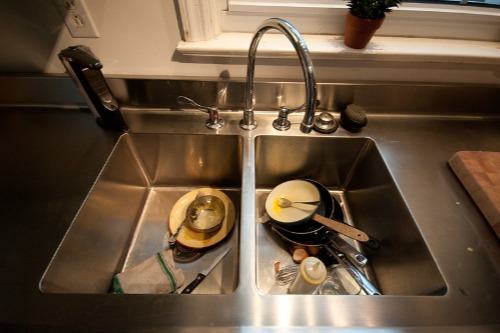
A farmhouse or extra-deep sink feels luxurious, but they’re surprisingly tricky to keep spotless. Their size makes it harder to reach the bottom corners without leaning over awkwardly. Food scraps can cling to the sides, and leftover water stains are more noticeable. What feels like an upgrade can become a daily chore.
The added depth also encourages procrastination—dishes pile up because they’re less visible. That leads to dried-on messes that are harder to scrub off. Stainless steel models can also show fingerprints and streaks. Over years, the shine dulls unless you polish constantly.
4. Dark Hardwood Floors
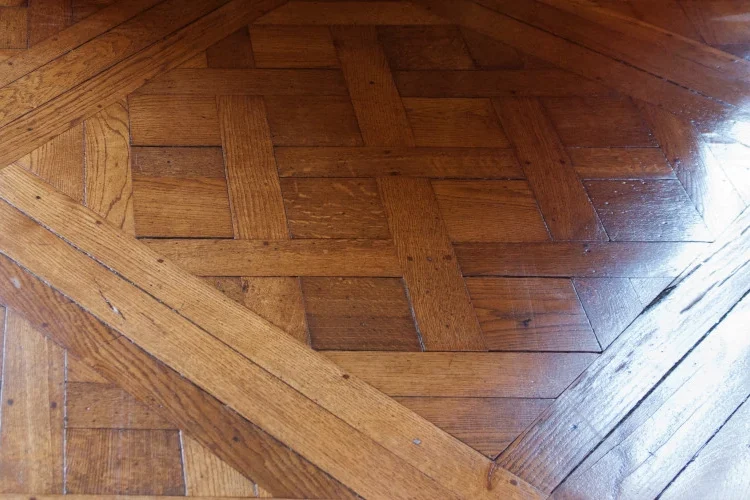
Dark wood flooring has a dramatic look, but it’s incredibly unforgiving. Dust, pet hair, and crumbs all stand out like neon signs. Even footprints and streaks from mopping are visible right away. Instead of hiding dirt, these floors showcase it.
They need sweeping or vacuuming almost daily if you want them to look polished. While lighter floors camouflage small messes, dark floors keep you on cleaning duty. Scratches also pop more against the dark backdrop. The wow factor quickly fades once the upkeep sets in.
5. Textured Wall Finishes
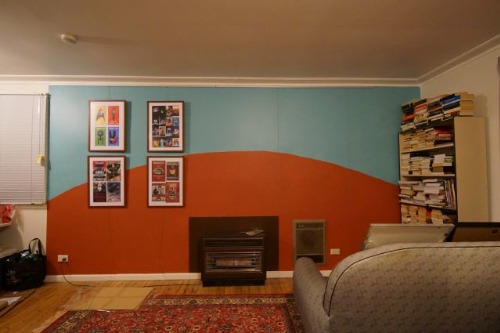
Accent walls with heavy texture or Venetian plaster add character, but they trap dust and grime. Unlike smooth walls, you can’t just wipe them down with a cloth. Dirt settles into grooves, making cleaning time-consuming. Even a vacuum brush struggles to reach every crevice.
Over the years, discoloration becomes noticeable, especially in high-traffic areas. Kitchens and hallways are the worst spots for buildup. Painting over textured finishes is also more complicated. What starts as an artistic upgrade often turns into a maintenance headache.
6. Stainless Steel Appliances
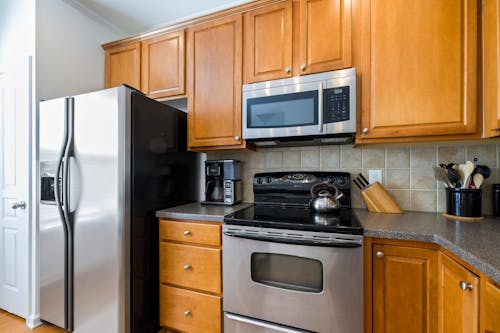
Sleek, shiny stainless steel refrigerators and ovens look professional, but they’re fingerprint magnets. Every touch leaves a smudge, especially if kids are around. Water stains from drips and spills stand out immediately. The pristine look only lasts as long as your cleaning cloth is handy.
Special cleaners are often required to keep them streak-free. Even microfiber wipes sometimes leave marks behind. Over the years, scratches can dull the finish permanently. What once made the kitchen look high-end quickly becomes a source of constant frustration.
7. Large Windows and Sliding Glass Doors

Big windows bring in natural light, but more glass equals more cleaning. Dust, fingerprints, and streaks are amplified when the sun shines through. Rain splatters leave mineral marks that don’t go away on their own. Regular upkeep is unavoidable if you want them clear.
Sliding glass doors are even tougher because the tracks collect dirt. Crumbs, pet hair, and grit all get stuck in those grooves. Cleaning them requires tools like toothbrushes or vacuum attachments. Over years, it feels less like an upgrade and more like a never-ending project.
8. Jetted Bathtubs
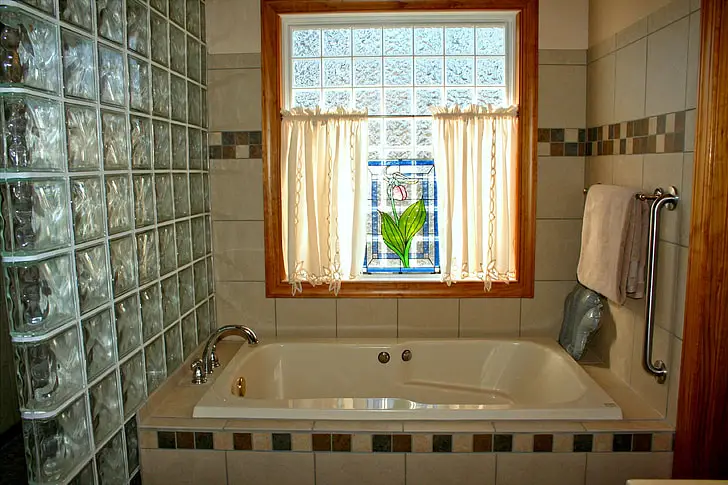
Jetted tubs feel like a spa at home, but they’re not as relaxing when it’s time to clean. The jets themselves harbor mildew and bacteria if not maintained. They require frequent deep cleaning cycles with special solutions. Otherwise, unpleasant smells and buildup start to appear.
Even without jets, the larger size means more scrubbing. They’re heavy on water use, which leaves behind soap scum and mineral deposits. If they’re not used regularly, water sitting in the lines can cause even more issues. A luxurious soak comes with long-term upkeep you might not anticipate.
9. White Carpeting
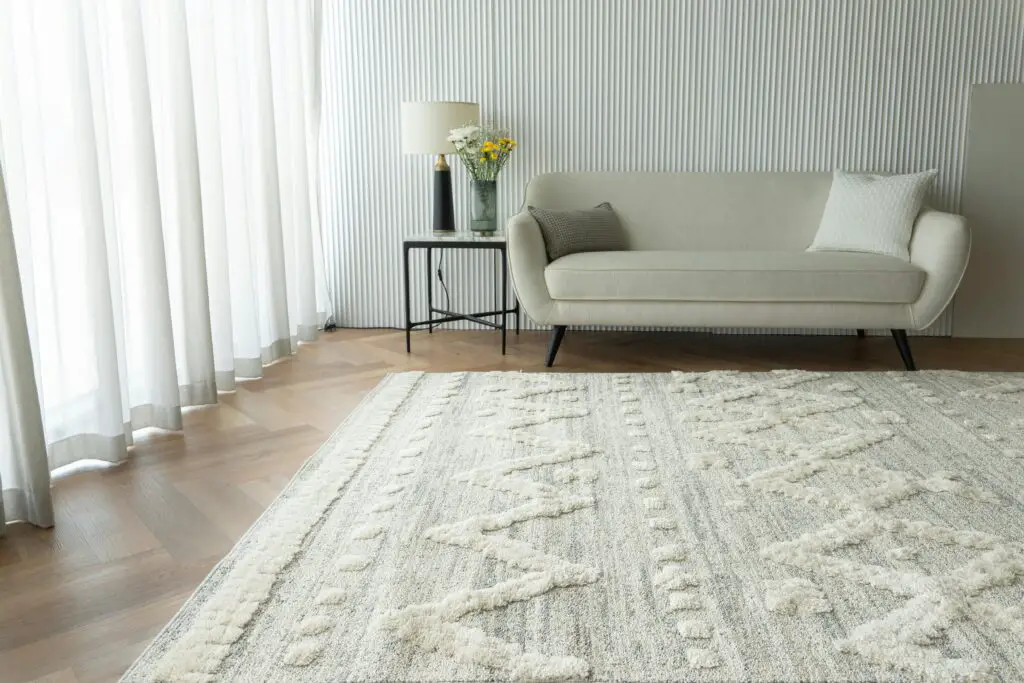
White or light-colored carpets brighten a room but act like sponges for stains. Every spill, muddy footprint, or pet accident shows instantly. Unlike darker carpets, they don’t hide anything. Professional cleanings become a regular necessity.
Even careful households deal with gradual discoloration over time. Vacuuming helps, but it doesn’t protect against life’s accidents. High-traffic areas become dingy no matter what. Years down the line, the “fresh look” is long gone without constant effort.
10. Intricate Light Fixtures
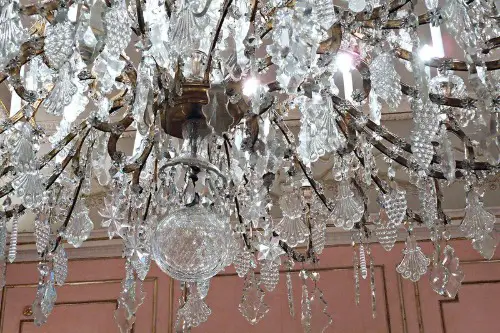
Statement chandeliers or fixtures with lots of nooks are gorgeous but dust-prone. Cleaning them requires climbing ladders and carefully wiping each part. Some even need to be taken apart for a proper clean. What feels glamorous quickly feels like a burden.
Lightbulbs inside also attract bugs and grime. Over time, the buildup dims the light they provide. It’s not a quick wipe-down like a simple flush mount. Maintaining the sparkle takes way more energy than most expect.
11. High Kitchen Cabinets

Tall cabinets maximize storage, but they create a cleaning blind spot. Dust and grease accumulate on top where you can’t see. Out of sight often means out of mind—until you climb up and realize how dirty it’s gotten. Cleaning requires a step stool or ladder every time.
Kitchens naturally produce airborne oils that cling to surfaces. The tops of cabinets often become sticky rather than just dusty. That means scrubbing, not just dusting. Over the years, neglect makes it harder to get them truly clean again.
12. Natural Stone Countertops
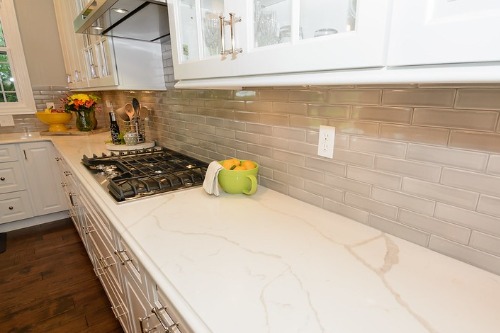
Marble and other natural stone countertops are stunning, but they’re high-maintenance. They stain easily from wine, citrus, or even water rings. They also need to be sealed regularly to maintain their finish. Skipping that step leads to etching and permanent marks.
Unlike engineered quartz, natural stone can’t always be repaired easily. Acidic cleaners can damage the surface. Even routine cooking can leave scratches if you’re not careful. Keeping them pristine is a long-term project, not a one-time upgrade.
13. Shag or High-Pile Rugs

Shag rugs add warmth and coziness, but they’re nightmare fuel for vacuums. Dirt and crumbs sink deep into the fibers where brushes can’t reach. Regular vacuums often get stuck or tangled in the pile. That leaves hidden buildup that’s tough to remove.
Spills are even worse because liquid soaks down fast. Spot-cleaning often only addresses the surface. Professional deep cleaning becomes the only real option. Over years, maintaining the fluffy look takes more effort than most people anticipate.
This post 13 Home Upgrades That Complicate Cleaning Routines for Years was first published on Greenhouse Black.
